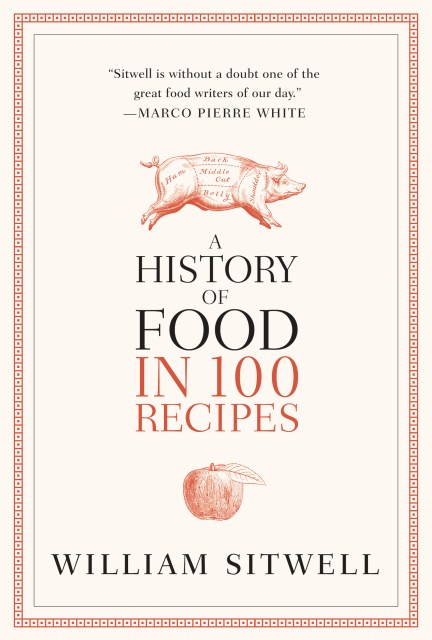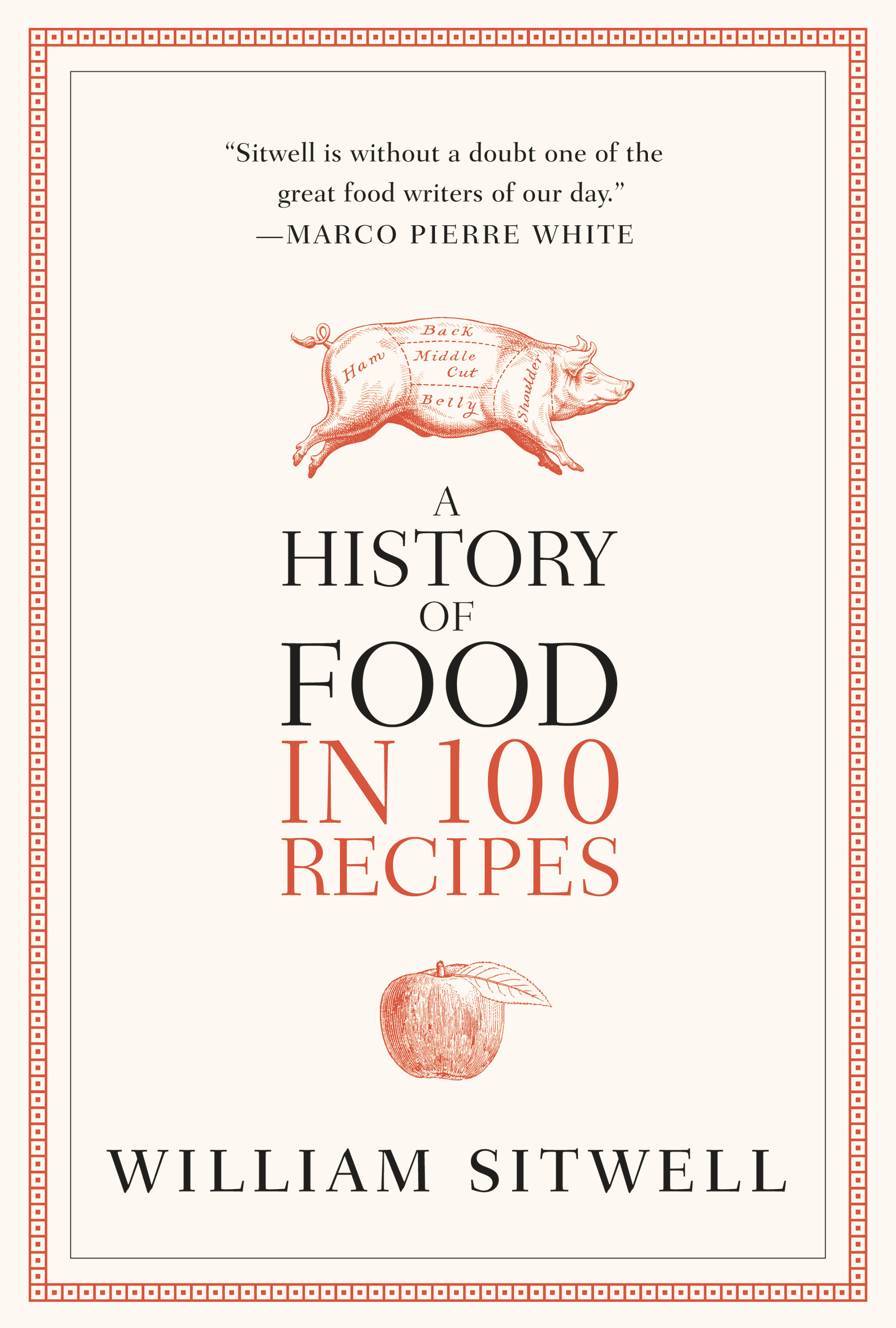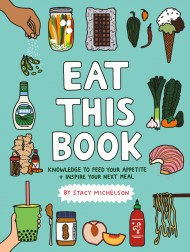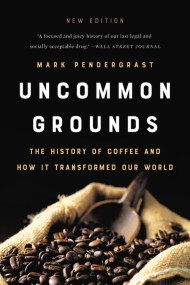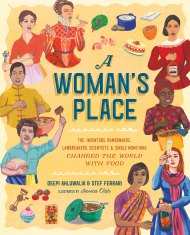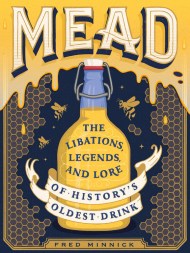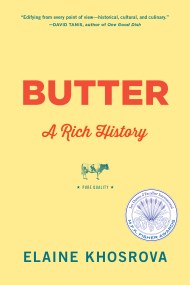Promotion
Use code MOM24 for 20% off site wide + free shipping over $45
A History of Food in 100 Recipes
Contributors
Formats and Prices
Price
$16.99Price
$21.99 CADFormat
Format:
ebook $16.99 $21.99 CADThis item is a preorder. Your payment method will be charged immediately, and the product is expected to ship on or around June 18, 2013. This date is subject to change due to shipping delays beyond our control.
Also available from:
A riveting narrative history of food as seen through 100 recipes, from ancient Egyptian bread to modernist cuisine.
We all love to eat, and most people have a favorite ingredient or dish. But how many of us know where our much-loved recipes come from, who invented them, and how they were originally cooked? In A History of Food in 100 Recipes, culinary expert and BBC television personality William Sitwell explores the fascinating history of cuisine from the first cookbook to the first cupcake, from the invention of the sandwich to the rise of food television.
A book you can read straight through and also use in the kitchen, A History of Food in 100 Recipes is a perfect gift for any food lover who has ever wondered about the origins of the methods and recipes we now take for granted.
We all love to eat, and most people have a favorite ingredient or dish. But how many of us know where our much-loved recipes come from, who invented them, and how they were originally cooked? In A History of Food in 100 Recipes, culinary expert and BBC television personality William Sitwell explores the fascinating history of cuisine from the first cookbook to the first cupcake, from the invention of the sandwich to the rise of food television.
A book you can read straight through and also use in the kitchen, A History of Food in 100 Recipes is a perfect gift for any food lover who has ever wondered about the origins of the methods and recipes we now take for granted.
Genre:
- On Sale
- Jun 18, 2013
- Page Count
- 360 pages
- Publisher
- Little, Brown and Company
- ISBN-13
- 9780316255707
Newsletter Signup
By clicking ‘Sign Up,’ I acknowledge that I have read and agree to Hachette Book Group’s Privacy Policy and Terms of Use
